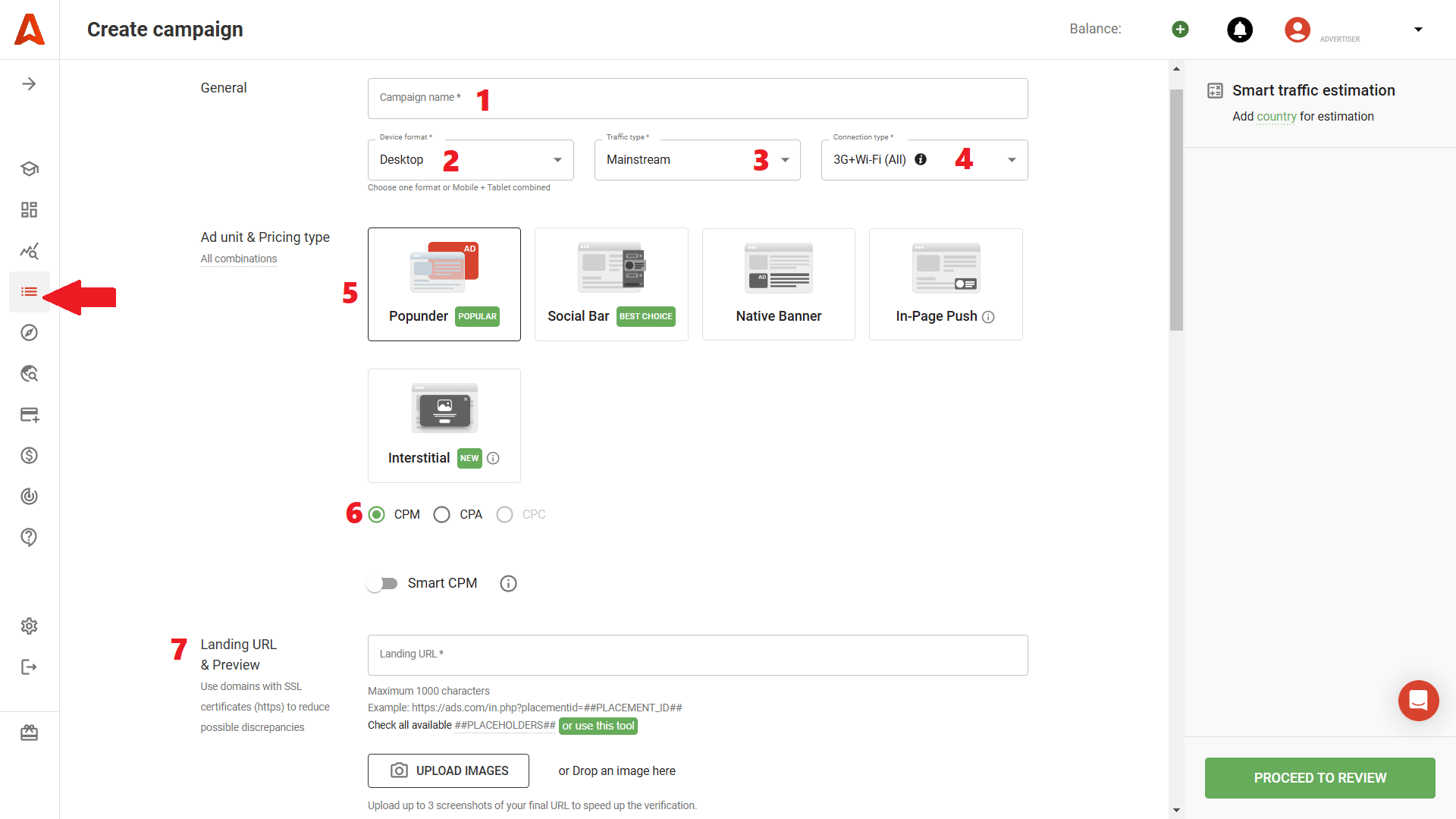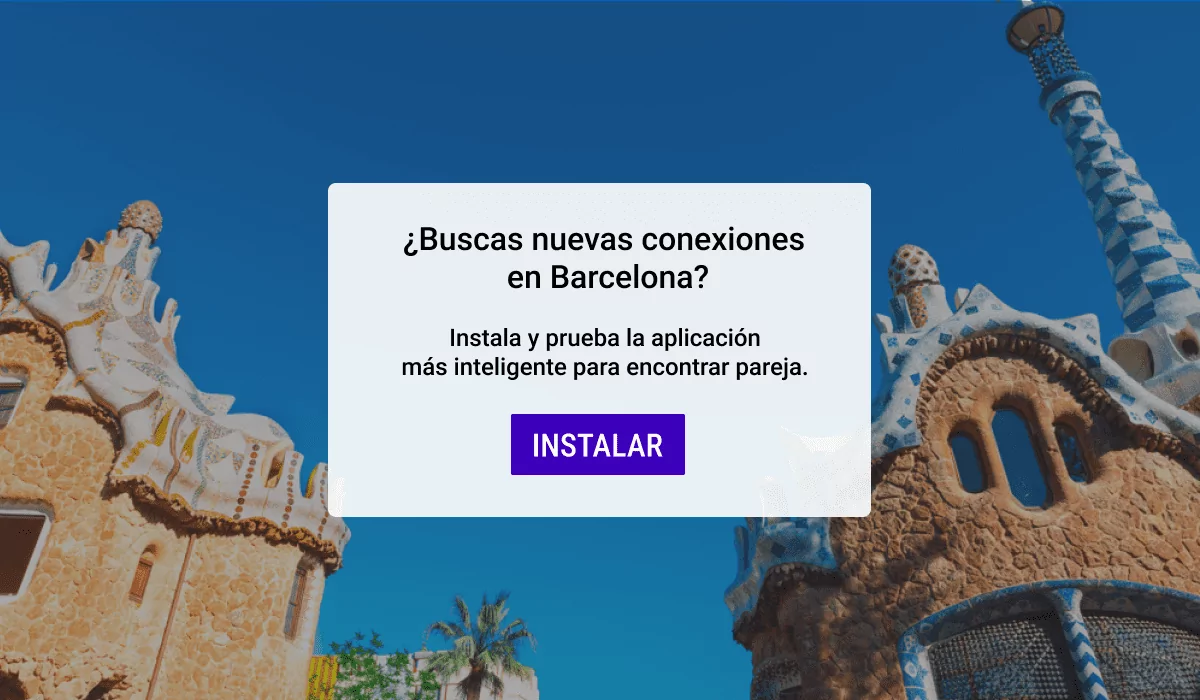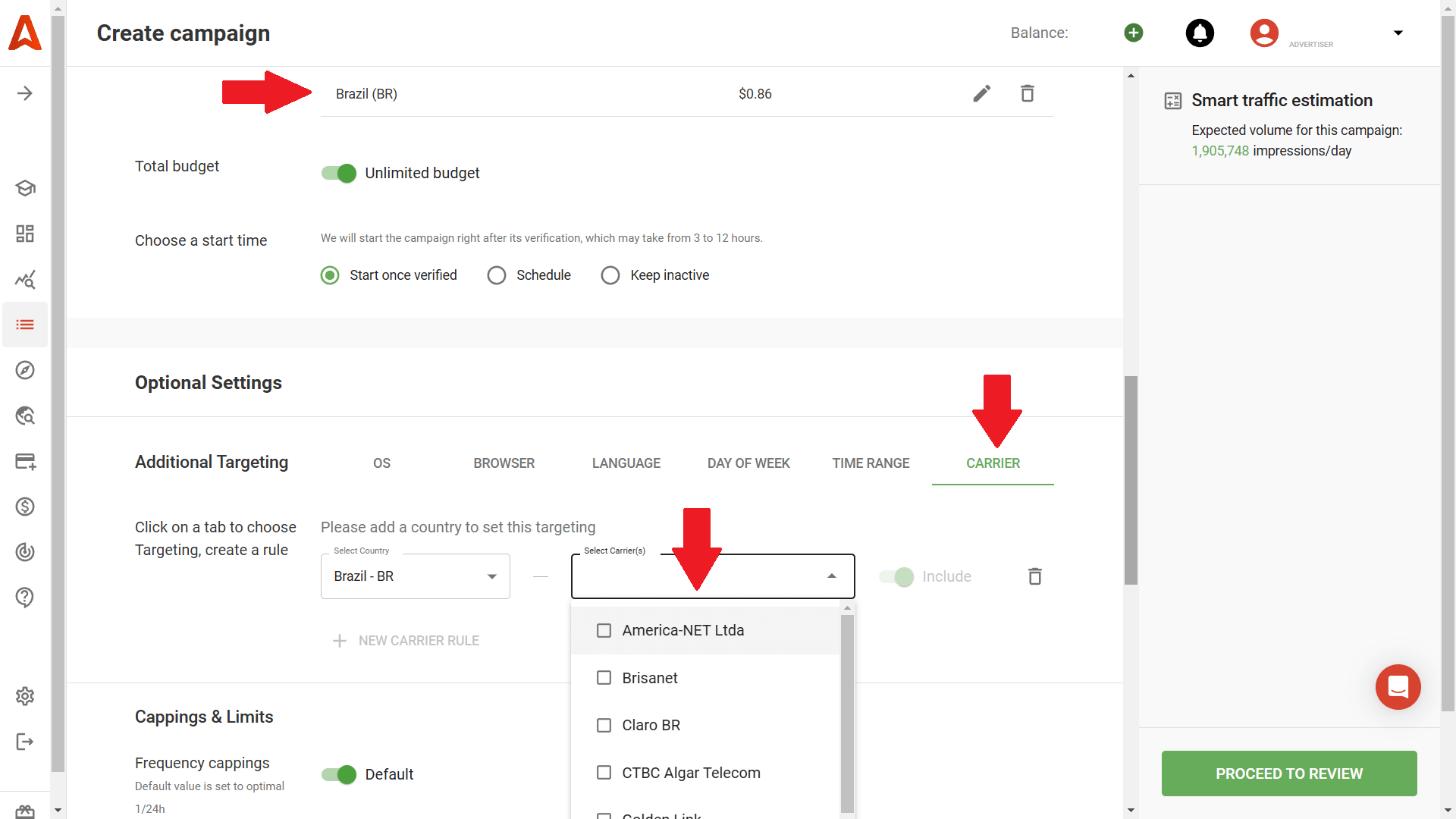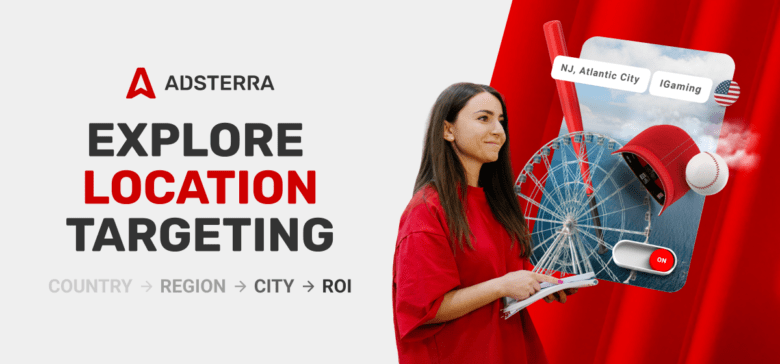Location-based targeting is a powerful feature to amplify your ad strategy. Imagine you zoom in on your perfect audience and encourage players or app users to convert twice as efficiently! It’s possible when you target people based on their location: country >> region >> city.
Today, we explore the benefits of location based marketing and how to use location data as a game changer. Discover location technologies today and enhance ROI tomorrow!
What is location-based marketing and targeting?
Location-based marketing is a strategy of serving ads to audiences within geographic areas. You focus on high-performing regions or cities and exclude areas where your offers are less effective or even prohibited.
The location-based targeting is a setting you can easily switch on in your Adsterra account. This feature is particularly valuable if you care about regional restrictions, such as iGaming regulations.
Instead of targeting entire countries, you hit higher accuracy and ensure ad compliance. As an outcome, you maximize ad spending
Start today: How to use location-based targeting
Let’s discover how to integrate location based advertising into your marketing strategies, making it a healthy daily routine:
1. Add location targeting to Adsterra campaigns
- Log in to your Advertiser account.
- Navigate to the Campaigns tab.
- Click Create Campaign and configure the required targeting settings: Name, Traffic Type, Device Type, Connection, Landing URL, Pricing type, and Ad Unit. With Popunders, you won’t have to upload creatives, while other ad units require visuals and texts.

4. Next, comes the Country setting. Please select one from the dropdown and enter your bid. You have our intelligent clues with CPM or CPC pricing: minimal competitive bids and recommended payouts to ensure solid traffic. Remember to click the ADD COUNTRY button.

5. Once you’ve set up general geo targeting, a new section—Locations—becomes active. In the Country field, you see the country pre-selected. If you’ve entered several countries, you will see the last one added. Pick regions or states you want to include or exclude. Next, select cities if you want to target users even more granularly.

You can move the Exclude/Include toggle to manage regions and cities, edit locations, and delete them from the list on the go.
Finally, decide on the campaign start time, enter your budget limit, and hit the PROCEED TO REVIEW button. Check the settings made and click SUBMIT CAMPAIGN. It will start running after we verify it and according to the launch time you set.
2. How to check location settings made
- Navigate to the Campaigns tab and select My Campaigns.
- Find the campaign you want to review and click Review.
- Check the Review Campaign Settings section to confirm or update your location targeting preferences.
By following these simple steps, you can operate location data and maximize your marketing efforts.
Practical use cases of location based advertising
1. iGaming advertising campaigns
Precise targeting is a must in iGaming since it’s subject to heavy regulations. For example:
- In India, some states like Gujarat and Maharashtra restrict online gaming & sports advertisements.
- In Brazil, certain cities, especially in the southern regions, are less tolerant of iGaming.
- In the U.S., laws vary between states, with some states (e.g., Utah and Hawaii) banning online gaming ads.
With location data, affiliates and operators exclude restricted areas, sending their budgets to states where ads are both legal and effective.
2. E-Commerce, VPN, Utility campaigns
E-commerce businesses often see varying performance across regions. For instance, a clothing retailer (physical store) might find higher conversion rates in urban areas compared to rural locations. Mobile apps (e-shops) can prioritize regions and cities where they mark a higher purchasing power. This ensures a better return on investment.
Mobile VPN apps can deliver their promotions based on a user’s location; for instance, they offer secured browsing in regions where they spotlight increased demand. With the OS filter for mobile devices, such activities become even more ROI-boosting.
3. Localized promotions
Online marketplaces like Lazada, Zalora, Shopee, or TEMU often launch seasonal and holiday sales. They need to target existing customers in various areas mainly because special offers, product choices, and bonuses vary from one city to another. With colossal ad budgets, they can’t do without more precise targeting. Including a customer’s location is the only way to show relevant offers.
A location-based marketing strategy may also require ad creatives’ and landing pages’ translation into several languages within one country. Targeted ads will reach only the required user segments.
Key advantages of location-based marketing
1. Enhance accuracy
You can ensure more personalized messaging by narrowing down your audience to specific locations. Moreover, you connect to those who anticipate your offer the most. This increases the likelihood of conversions.
2. Exclude undesirable regions
Not all regions within one geo perform equally highly. You can show ads only in regions or cities where there’s a demand for your services. It’s specifically effective in localized promotions, which we discussed before.
3. Optimize ad spend
You allocate your budget more efficiently when targeting regions with a higher marketing output. The same is true for time range targeting, or, for instance, when you advertise to various mobile device OS.
4. Comply with regulations and behavior patterns
Location-based advertising makes it easier to comply with local regulations. Platforms like Adsterra, Google Ads, and Meta make it possible to run promotions within the country, avoiding sensitive audiences. Such technology doesn’t entail privacy concerns for advertisers, as well.
5. Gain insights
By analyzing the user’s location, you can understand customer behavior, tracking clicks, CTR, conversions, CPM, and ad spending. Location data collection enables higher analytics transparency: you can set more precise KPIs and test hypotheses with more confidence in the outcome.
Best practices of location based advertising
To make the most of this feature, follow these best practices for effective location based marketing strategies:
- Analyze regional performance. Before setting up your next campaign, review location data to identify high-performing regions and cities on Adsterra. In your Statistics tab, you can compare your ad spend and conversion rates between the selected regions.
- A/B test locations. Experiment with different location settings to mark regions with the best results. Use multiple campaigns to enable this option: you can either create several campaigns that target consumers of different regions or copy one of them and change settings.
- Stay updated with regulations. For industries like iGaming and Sports, ensure you’re aware of the latest regulations in your target regions. Subscribe to updates on igamingbusiness.com or other trustworthy source. Or, take a look at Adsterra’s expert definitive guide to the legal aspects of running iGaming ads.
- Download quality whitelists. The location technology powers you to collect more quality whitelists.
Example: Earlier, a mobile shopping app would target mobile devices with Android OS in Brazil. Combining location data with specific regions or cities allows target users who have a higher purchase potential. So, your whitelists will contain traffic sources that can deliver you such audiences. - Use location based marketing only when needed. Any tools are just tools, and you’re the master. Therefore, the most accurate way is to make sure this or that feature is required. Example: there’s no need to narrow down targeting if your ad offers are not restricted within this country and you haven’t tested the traffic within this geo. The wisest strategy will be to run a test campaign with wide targeting settings.
Ad formats to attract customers in location based marketing campaigns
There’s no leading ad format here, but we always recommend starting out with Popunders or Push Notifications. A reminder: we serve Social Bar and In-Page Push notifications as an alternative to web push.
Which ad unit to start with
Popunders send the most abundant traffic of 11.8 billion ad views per month. Social Bar comes next with its 9.9 billion ad impressions. We usually advise beginning with Pops and scaling with Social Bar ads. The latter provides 20+ auto-templates, including ultra-trending Interstitial advertising units.
Location based marketing in ad creatives
While our feature aims to target accuracy and cost-saving, you also need to adjust messages and visuals to match the local segments.
Localized prelanders
Personalize your prelanders by mentioning the city in which you target users. Just like an example, social & dating providers usually use the following template: “Looking for connections in %City%?”

Localized Popunders and display ads
Location-based advertising in visuals and ad copy is about tailoring messages. By including a region or city, you can lead traffic to a landing page customized to people’s cultural patterns. For instance, younger audiences in San Paulo residents use specific slang, and this can become a strong marketing point when promoting products in Brazil:

Suppose you address a very specific group of users, like sports fans in a particular region or city. In that case, you’re now free to address users directly: name sports teams, use chants and colors, mention upcoming matches, or else. These all can be applied to other communities, as well.

Location-based marketing: FAQs
1. Location marketing definition and explanation
Location marketing is a strategy to serve ads on a user’s physical location to deliver relevant content and promotions. This allows for the delivery of more tailored and targeted messages at the right time and place, significantly increasing the likelihood of engagement and conversion.
Geolocation marketing is a powerful tool for businesses aiming to connect with potential customers in a more personalized and effective manner.
2. What are the types of location-based advertising?
Geo-targeting marketing has been around for several years. It’s used both online and offline. So, there are at least two main types of location based advertising:
Location based technology is applied by local physical businesses like retail stores, hotels, and restaurants. They use beacon technology to send proximity-based signals to user devices. They also can track people via Wi-Fi, prompting in store visits. Some providers allow for tracking user location history as a proximity marketing technique.
Online location based advertising is about sending accurately targeted ads to exact user segments. E-shops, iGaming operators, affiliate teams use location-based marketing to embrace wider groups of people who are highly likely to become their customers. It’s mainly about attracting new audiences, returning churned ones, and outperforming rivals in a broad ocean rather than fishing out from a small lake. Regional campaigns become more resultative when you engage people using location data.
3. Can I target multiple regions within the same country?
Yes, you can select multiple regions or cities within a country or countries to ensure your ads are shown in the most relevant locations.
4. Can I use location based advertising in CPM, CPC, and CPA campaigns?
Location-based marketing is enabled for all pricing types: CPM, CPC, and CPA. Check the campaign setup guide for specific details.
5. Can I use this feature to exclude certain regions?
Absolutely. You can exclude specific regions or cities where ad offers perform poorly or are restricted.
6. Can I use various bids for regions and cities
Bids can be adjusted only on the country-level. You set one bid for one or several countries you target, not for regions or cities.
7. What is hyperlocal margeting, and can I use it on Adsterra?
Hyperlocal marketing is a refined tactic that focuses on geographic areas, such as neighborhoods or even street corners. Hyperlocal targeting is particularly effective for businesses looking to drive foot traffic, promote local events, or encourage customers of a brick-and-mortar location (in-store visits). It’s widely used by physical stores, restaurants, and hotels. Such promotions have to deal with privacy concerns by anonymizing user data.
Adsterra enables you to target users based on their country >> region >> city. Ad networks like ours are best for growing leads and conversions from wider areas. Google ads offer settings for such a tailored strategy using real-time location data.
Social media ads on Meta (Facebook) also provide options for targeted ads with a hyperfocus. This makes it easier for small businesses to profit from foot traffic and manage in-store visits.
8. Can I apply location based marketing when promoting mVAS offers?
Sure! When advertising an mVAS or PIN Submit offer, you connect with users of a particular mobile carrier. So, first off, you select the Connecting type in the campaign settings. Then, you pick the traffic type (traffic from mobile devices). Next comes the Country and Locations setting. But to reach out to mobile carrier users, you will need to jump to the Addition Targeting section and select the Carrier tab. Here, you see mobile operators who provide services in the country you picked before.
Why start using precise location data today?
Proximity-based marketing is helpful both for global operators and local businesses. Audeinces have become more selective in choosing offers. When you communicate your message in the most native way to the best-matching user segments, you avoid profit losses.
Privacy concerns are also excluded since you don’t get access to user data—everything is anonymized. Meanwhile, your campaign reports create a comprehensive outlook of customer behavior.
Use location based marketing to develop top-level strategies that will resonate with customers and power clicks and conversions.
Your next step is a perfectly adjusted campaign with all location data needed. Try it out!
